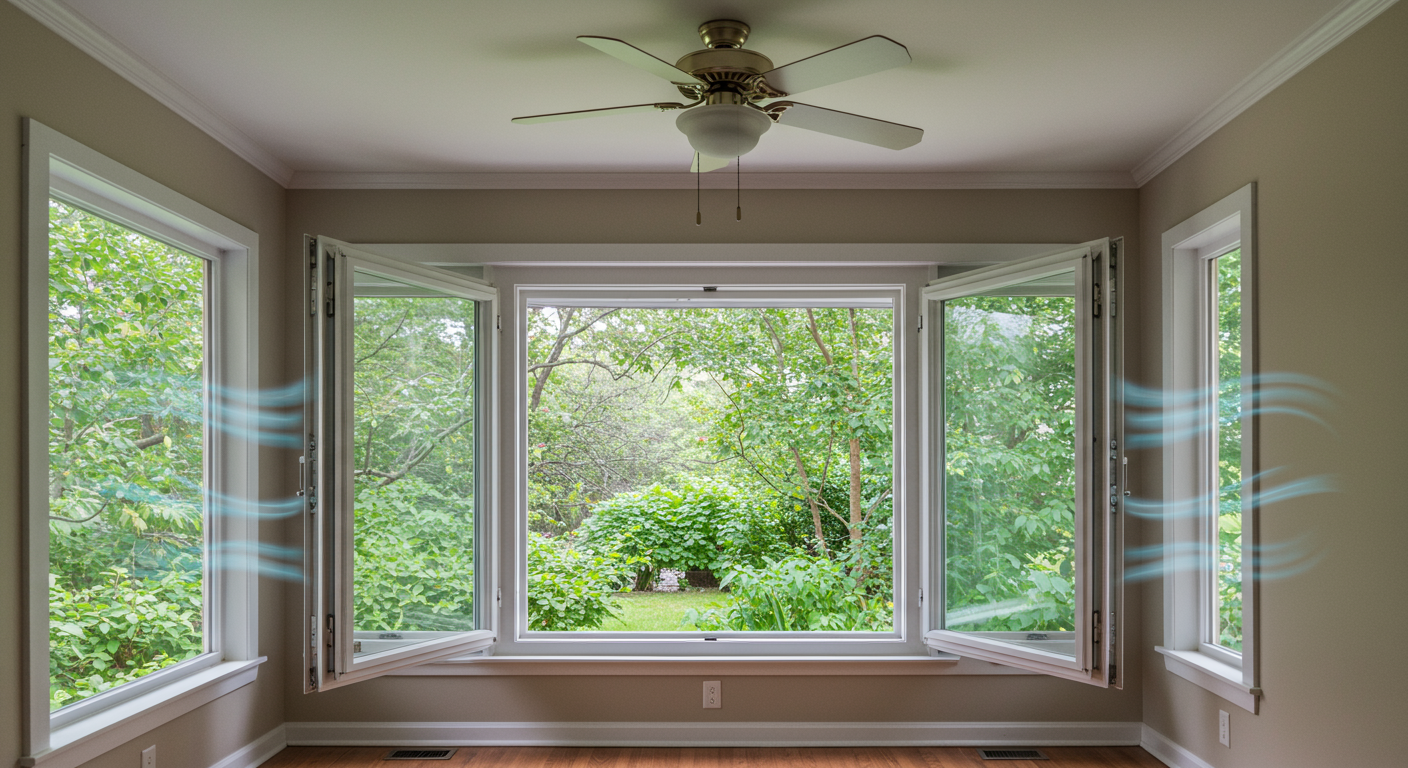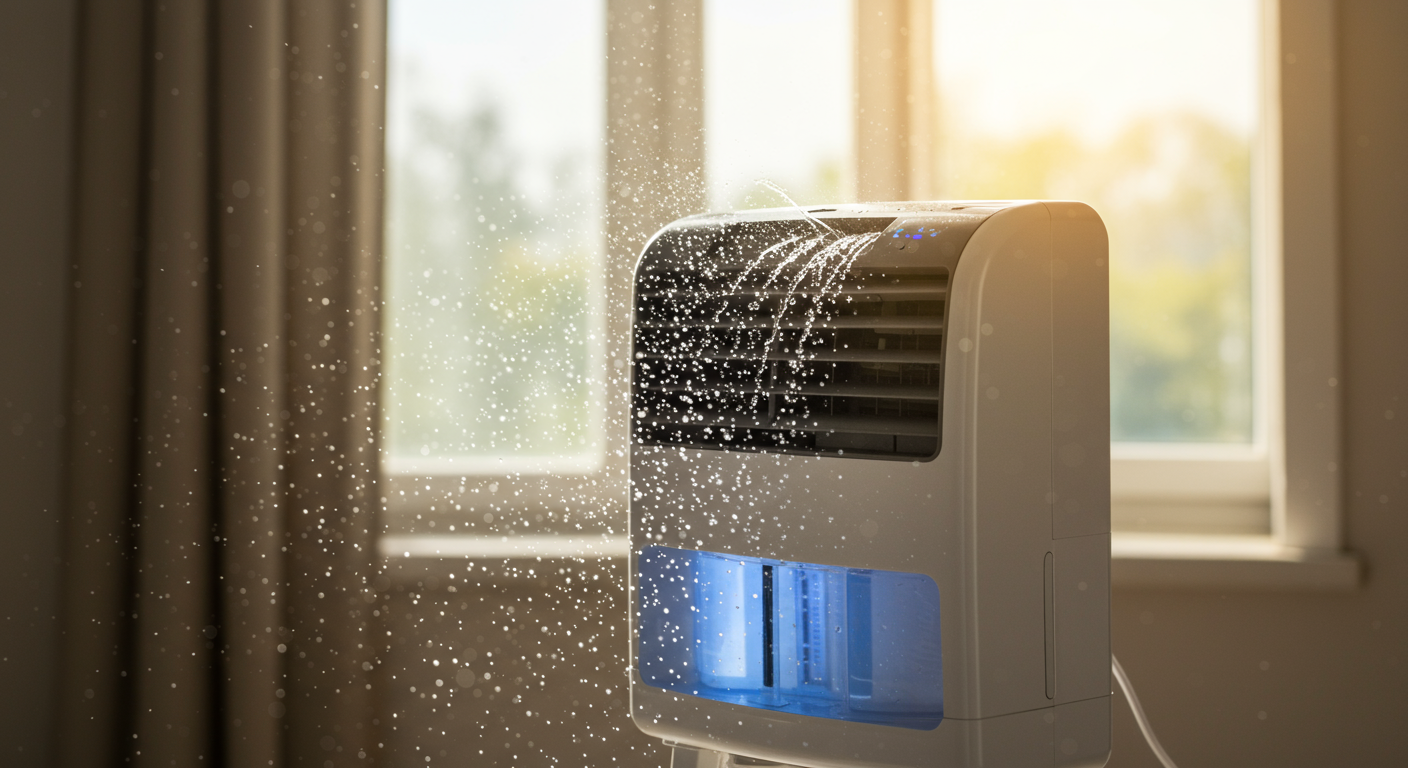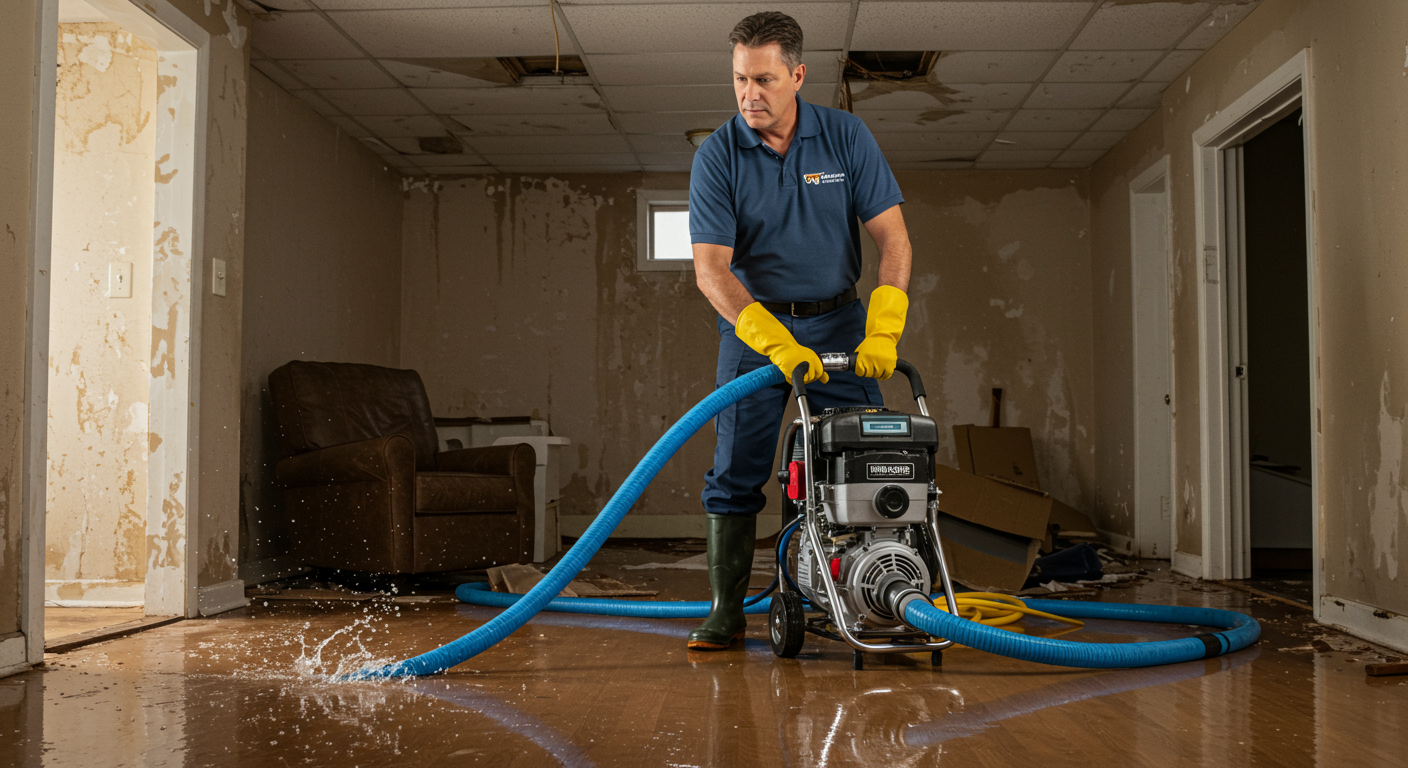Moldy air is a silent intruder that can compromise the health and comfort of your home. It often goes unnoticed until its effects become evident, impacting both indoor air quality and personal well-being. This article delves into the causes, health risks, and prevention strategies for moldy air, equipping you with the knowledge to maintain a safe and healthy living environment.
What is Moldy Air?
Moldy air refers to indoor air contaminated with mold spores, which are microscopic particles released by mold as it grows. These spores can spread through the air and settle on surfaces, thriving in damp and poorly ventilated areas. Moldy air is often characterized by a musty odor and can be a sign of hidden mold growth in your home.
Common Sources of Moldy Air in Homes
Mold thrives in environments with excessive moisture. Common sources include leaking pipes, roof leaks, and high humidity levels. Bathrooms, basements, and kitchens are particularly vulnerable due to their exposure to water. Poor ventilation exacerbates the problem, trapping moisture and allowing mold to flourish. Identifying and addressing these sources is crucial to preventing moldy air.
Health Risks Associated with Moldy Air
Exposure to moldy air can have serious health implications, particularly for individuals with pre-existing conditions or weakened immune systems. Understanding these risks is essential for safeguarding your health.
Symptoms of Mold Exposure
Mold exposure can cause a range of symptoms, including sneezing, coughing, nasal congestion, and skin irritation. In more severe cases, it may trigger asthma attacks or respiratory infections. Prolonged exposure can also lead to chronic fatigue and headaches, significantly affecting your quality of life.
Vulnerable Populations: Who is at Risk?
Certain groups are more susceptible to the effects of moldy air. These include children, the elderly, and individuals with respiratory conditions such as asthma or allergies. People with compromised immune systems are also at higher risk, as their bodies are less equipped to fight off the effects of mold exposure.
Preventing Moldy Air in Your Home
Prevention is the most effective way to combat moldy air. By addressing the root causes of mold growth, you can create a healthier indoor environment.
Moisture Control Techniques
Controlling moisture is key to preventing mold. Fix leaks promptly and use dehumidifiers to maintain indoor humidity levels below 60%. Ensure that your home is well-insulated to prevent condensation on walls and windows. Regularly check areas prone to dampness, such as basements and crawl spaces, and address any issues immediately.

Importance of Proper Ventilation
Proper ventilation helps to reduce moisture levels and improve air circulation. Use exhaust fans in bathrooms and kitchens to remove excess humidity. Open windows regularly to allow fresh air to circulate, especially after activities that generate moisture, such as cooking or showering. A well-ventilated home is less likely to develop moldy air.
Effective Cleanup and Remediation Strategies
If mold has already taken hold in your home, it’s important to address it promptly to prevent further contamination and health risks.
DIY Cleanup for Small Mold Issues
For small mold problems, you can take a DIY approach. Wear protective gear, such as gloves and a mask, and use a solution of water and detergent to scrub away visible mold. Ensure the area is thoroughly dried afterward to prevent regrowth. However, avoid using bleach, as it may not effectively eliminate mold on porous surfaces.
When to Call Professionals for Mold Remediation
For extensive mold infestations, professional remediation is essential. Experts have the tools and expertise to safely remove mold and prevent its recurrence. They can also conduct thorough inspections to identify hidden mold and address underlying issues. If you’re unsure about the severity of the problem, consult a professional for guidance.
Learn more about Expert Professional Mold Removal Services in Brookhaven, GA to ensure your home remains mold-free.
Moldy air is more than just an inconvenience; it’s a health hazard that requires immediate attention. By understanding its causes, recognizing the risks, and implementing effective prevention and remediation strategies, you can protect your home and loved ones from its harmful effects. Take proactive steps today to ensure a safe and healthy living environment for years to come.


